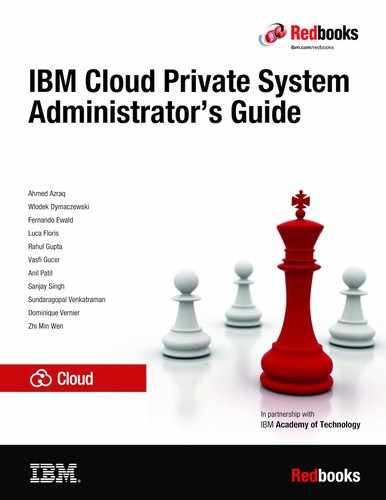Book Description
IBM® Cloud Private is an application platform for developing and managing containerized applications across hybrid cloud environments, on-premises and public clouds. It is an integrated environment for managing containers that includes the container orchestrator Kubernetes, a private image registry, a management console, and monitoring frameworks.
This IBM Redbooks covers tasks performed by IBM Cloud Private system administrators such as installation for high availability, configuration, backup and restore, using persistent volumes, networking, security, logging and monitoring. Istio integration, troubleshooting and so on.
As part of this project we also developed several code examples and you can download those from the IBM Redbooks GitHub location: https://github.com/IBMRedbooks.
The authors team has many years of experience in implementing IBM Cloud Private and other cloud solutions in production environments, so throughout this document we took the approach of providing you the recommended practices in those areas.
If you are an IBM Cloud Private system administrator, this book is for you. If you are developing applications on IBM Cloud Private, you can see the IBM Redbooks publication IBM Cloud Private Application Developer's Guide, SG24-8441.
